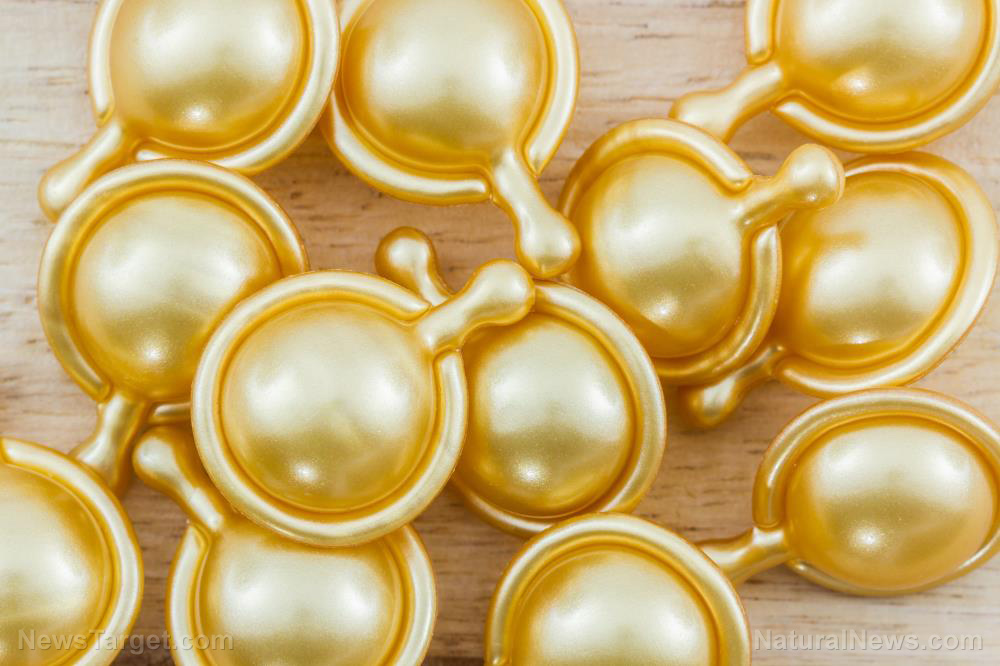
Care for your hair
While there are different types of treatments, chemically treated hair usually fall into two categories: dyed and chemically straightened. While they can make your hair look the way you want, these treatments can easily damage hair, especially if they have been improperly done. This article talks about dyed and chemically straightened hair and the natural ways to keep your tresses healthy. (Related: Beautiful hair, naturally: Coconut oil is Mother Nature's deep conditioner.)
Chemically straightened hair
Chemical straightening involves the use of chemical relaxers, which work by breaking down protein bonds in the hair to loosen the curl patterns. The only way to recover these curl patterns is through regrowth. Note that chemical straightening should not be confused with keratin treatment. The latter typically lasts for a few weeks and can only tame frizzy hair, not fundamentally alter the chemical bonds.
Chemicals used in this procedure include sodium hydroxide (lye relaxers), calcium hydroxide (no-lye relaxers), and ammonium thioglycolate (thermal reconditioning). Doing this sort of treatment can strip the hair of essential nutrients it needs to stay strong and healthy.
One way to maintain the health your tresses is to ask for oil-infused treatment immediately after the chemical process. According to Gabrielle Corney, a licensed cosmetologist and hairstylist, you can request for an infusion of vitamin E to improve the hydration of your strands.
However, those who underwent this treatment should steer clear of heat styling techniques. Adding heat to your already-compromised hair can cause extreme damage and breakage. Corney recommends using heat styling only once per week, and only if it is absolutely necessary.
Oils like grapeseed, olive, and avocado can help strengthen hair. Olive oil, in particular, contains chemicals like oleic acid and squalene, which have softening qualities.
Those with hair in dire need of nutrients can apply aloe gel on the scalp and roots, while infusing the strands with vitamin E oil.
Colored hair
Coloring your hair involves one of two ways: dyeing or bleaching. When hair is dyed, the chemicals lift the cuticle of the strands to add pigments and change the shade. In bleaching, the opposite happens: When the cuticle is lifted, the strands undergo decoloration or removal of color.
Bleaching hair often permanently opens cuticles, making the hair significantly drier and coarser. Dyes, on the other hand, do not have this effect as they are much gentler on the hair.
Colored hair can also benefit from the same haircare strategies for chemically straightened hair. All you have to do is keep your hair hydrated and refrain from using hot tools. After coloring, washing too often can cause the color to fade and deposit color-altering minerals from the water.
A process called "color correction" is also possible by using organic shampoos and conditioners with a blue or purple hue. These neutralizing pigments can cancel out the brassiness of chemically colored hair – these colors are opposite yellow and orange on the color wheel.
Chemical processing can be harsh on your hair, but as long as you practice proper maintenance using natural products, you can minimize the damage to your locks and look good at the same time.
Sources include:
Please contact us for more information.

















